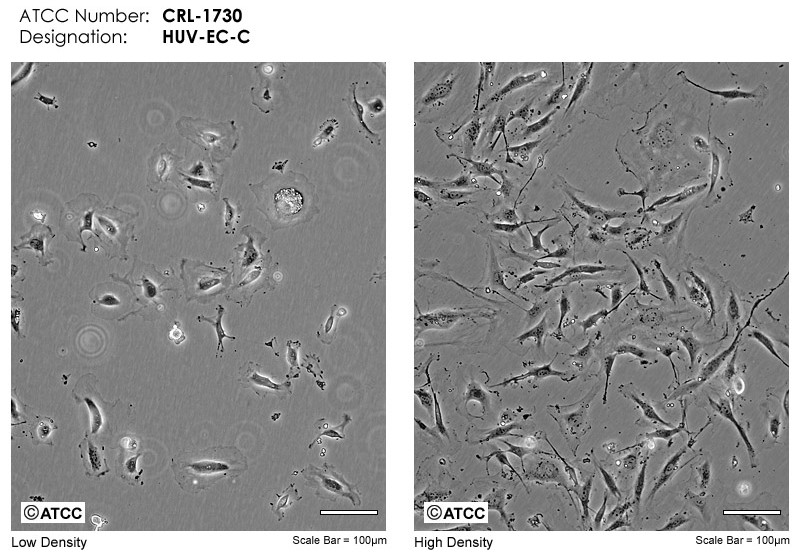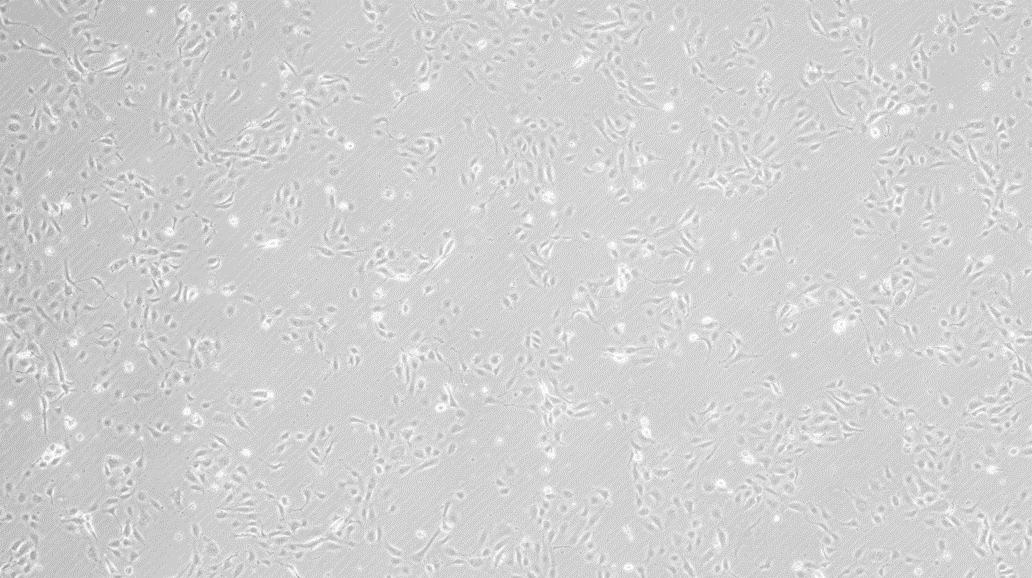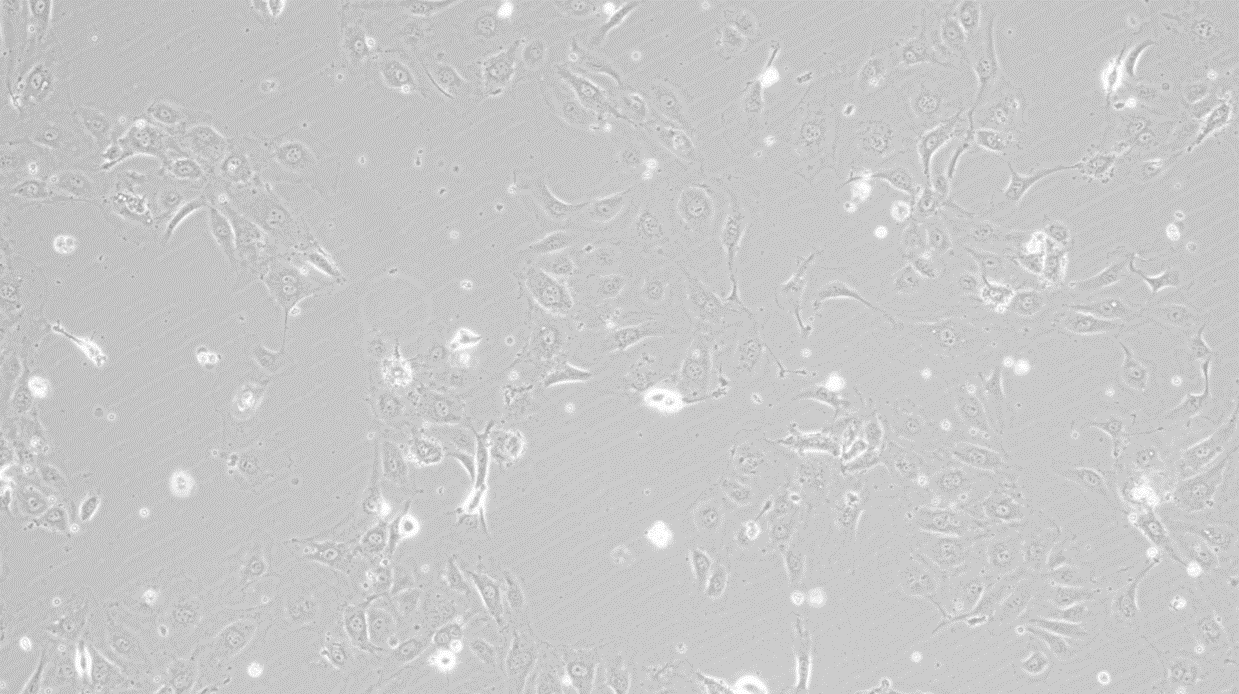- Cart 0
- English
HUVEC Cell Culture Guide
February 18, 2025
Clicks:1855
Human Umbilical Vein Endothelial Cells (HUVEC) are one of the important constituent cells of the umbilical vein. When conducting vascular endothelial cell experiments, HUVEC is typically used instead of venous or arterial endothelial cells. Immortalized HUVEC will carry the RFP gene or GFP gene through lentiviral transfection.
Table 1 Basic Information of HUVEC Cells
|
Name |
HUVEC (Human Umbilical Vein Endothelial Cells) |
|
Morphology |
Epithelial-like |
|
Growth Characteristics |
Adherent |
|
Seeding Density |
8.0 x 103-3.0 x 104 viable cells/cm2 |
|
Passage Ratio |
1:2-1:3 |

Figure 1 HUVEC (Human Umbilical Vein Endothelial Cells)
First, let's discuss whether HUVEC is "picky" or not?
Generally speaking, HUVEC has a "picky appetite" and high nutritional requirements. In addition to the nutrient-rich F12 and essential fetal bovine serum (as shown in Table 2), heparin and vascular endothelial growth factor are also necessary. As shown in Figure 2, well-growing HUVEC appears cobblestone-like, with clear contours and uniform spreading, and can usually be passaged in 2-3 days.
Table 2 Carefully Prepared "Diet" for HUVEC
|
Nutrient |
Content |
|
F12(abs9563) |
90% |
|
Fetal Bovine Serum(abs981) |
10% |
|
Heparin(abs47014863) |
Final concentration 0.1mg/mL |
|
ECGS Vascular Endothelial Growth Factor(abs04176) |
0.03-0.05ug/mL |
|
Antibiotic-Antimycotic(abs9244) |
1% |

Figure 2 Well-Growing HUVEC (Human Umbilical Vein Endothelial Cells)
Next, let's discuss why vacuolization suddenly occurs in immortalized HUVEC cell lines the day after medium change?
As shown in Figure 3, severely vacuolated HUVEC. It is important to note that vacuolization in finite cell lines is often a significant feature of apoptosis, related to the cell's own state. However, vacuolization in immortalized cell lines is usually related to external factors, with two possible reasons: First, the pH of the culture medium is too different from the normal pH required by the cells, leading to abnormal cell metabolism and vacuolization; Second, during cell culture, insufficient serum concentration, drug effects, or external stimuli can cause metabolic problems in the cells, leading to vacuolization under endoplasmic reticulum stress.

Figure 3 Vacuolated HUVEC (Human Umbilical Vein Endothelial Cells)
To solve cell vacuolization, there are usually two methods:
1. Measure the pH of the complete medium to see if it is suitable. The suitable pH range for most cells is 7.2-7.4.
2. If the medium or serum has been opened and stored for a long time, replace it with fresh complete medium for cell culture; if they are newly opened, try using a new batch of basal medium or serum to prepare the culture medium and observe the cell culture.
Finally, let's discuss how to solve the problem of HUVEC clumping. When the hydrophilicity of the culture flask, especially the culture plate, is poor, or when the adhesion-promoting factors in the serum are insufficient, HUVEC cells may clump together.
Solution: Coating the culture flask with gelatin (abs47051214) the day before can effectively prevent HUVEC clumping. Coating method: Take a T25 culture flask as an example, add 5ml of gelatin to the flask, place it at 37°C for at least 30 minutes, then aspirate the liquid with a pipette. As shown in Figure 4, this is well-spread HUVEC (Human Umbilical Vein Endothelial Cells).

Figure 4 Normally Adhered, Well-Spread HUVEC (Human Umbilical Vein Endothelial Cells)
Note: Images are from the internet and customers, for reference and learning purposes only.
Absin provides antibodies, proteins, ELISA kits, cell culture, detection kits, and other research reagents. If you have any product needs, please contact us
|
Absin Bioscience Inc. |
 Follow us on Facebook: Absin Bio Follow us on Facebook: Absin Bio |
